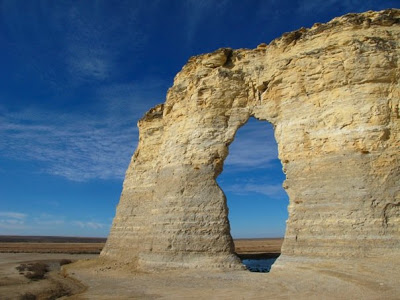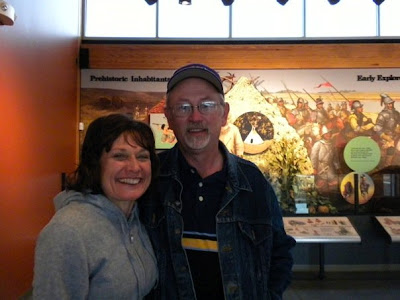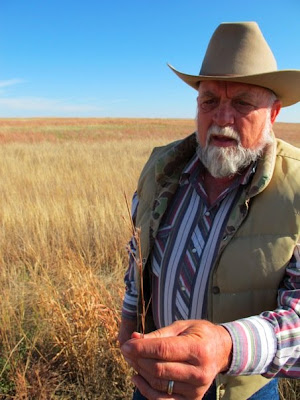
When I landed in Kansas in 2009 as part of a Visioning committee for the Kansas Scenic Byways, I was brought there to help the state develop nature, cultural, and active travel along their scenic backroads. I conducted nine stakeholder meetings throughout the state and was privileged to be part of a process of input and evaluation with hundreds of people committed to sustainable development of their communities.

However, in 2013, Kansas representative Dennis Hedke has proposed legislation to remove all language of “sustainable development” from any Kansas projects.
It would be easy to assume that Hedke’s views represented the rural populations in Kansas. When I asked my peers, I realized that very few young people from the coasts spend much time in the physical heart of the U.S., and rarely had anyone strayed from the interstate. But I was also among the ranks of cross-country drivers who had gripped the wheel and prayed to not fall asleep traversing the state. Working in Kansas changed my impressions of a landscape that is neither homogenous in politics nor terrain. I had a hard time imagining the draw of Kansas for a traveler seeking adventure, but I could not have been more wrong.
Kansas is quite magical, with or without sparkly red shoes. The nostalgia is palpable, the beauty is nonchalant, and the past whistles in the tall (switch)grass. For example, I stood in a cave where Dull Knife hid with 100 women and children when the Cheyenne tribe fled from their reservation in Oklahoma and tried to reach Canada. The view is hauntingly the same as in 1878.
In Alma, Kansas, I walked into a bakery and bought cookies on the honor system. I laughed over the best coconut cream pie on earth (this is confirmed) in Dover, and sat at a long community table and ate brownies with a feisty group of elder ladies at the weekly quilting bee in Ellinwood. On the 60,000 acres of wetlands along the Wetlands and Wildlife Byway, more than half of all the shorebirds that migrate east of the Rocky Mountains pass through annually, not to mention endangered whooping cranes. Here, Kansas pioneers shot the waterfowl out of the sky with a cannon, back when birds used to “blacken the sky.”


A Kansas farmer on the Smoky Valley byway identified all the grasses and dried flowers on the roadside while native switchgrass swooshed at our feet, soon to be harvested for biofuel. He also showed me ground that had never been plowed—too much limestone. As a result, bison wallows remain. These shallow dishes in the rocky earth are all that linger of the millions of buffalo that roamed freely over the short-grass prairie and slept on the plains. Standing in a hole carved by generations of resting bison was eerie and deeply moving.

Kansas’ new political “redness” contrasts with the tough, practical, and resilient people I met with throughout its rural communities. Consequently, I find it difficult to reconcile Hedke’s legislation with all of the voices I heard throughout the state. The sky is huge in Kansas and I met many people with the vision to match it.
The same grit needed to build a life on the frontier is required in the new battle for sustaining rural communities in a changing world—and we are now more connected and are able to amass our voices in dissent. Even as our population in the US becomes increasingly urban, we can support rural communities with our individual actions, such as low-impact tourism, signing petitions, keeping a watchful and active eye on our representatives, and giving time, energy, and action to organizations that fight to support rural communities and their economic viability.
I can promise you, the people of Kansas are worth standing with.
You can read about Jess’ research, living on a sailboat, and all her adventures in between at jessreilly.com.
